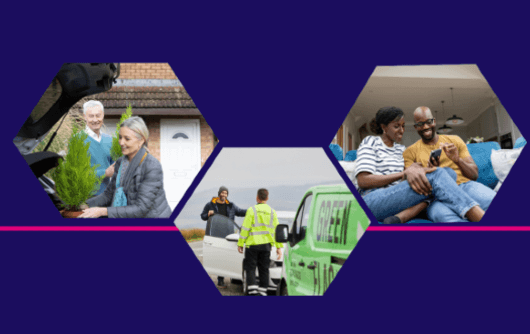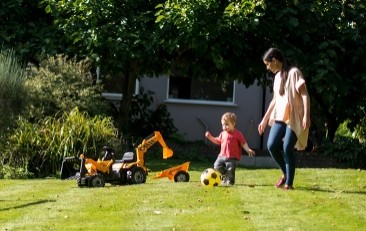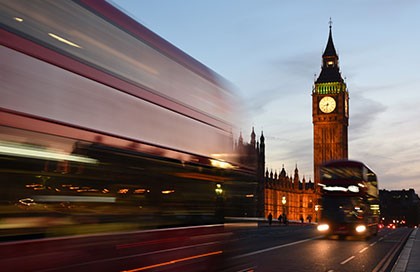Planet
Our strategic focus on climate change aims to reduce our impact on the environment and manage the impact of climate change on our business, playing a part in accelerating the transition to a low-carbon future. Our climate ambition is to be a Net Zero business across scopes 1, 2 & 3 by 2050. Management’s priorities are to decarbonise our most carbon-intensive activities, protect our business from the impact of climate change and support our customers in the transition to a low-carbon economy.
Click here to see our Task Force on Climate-related Financial Disclosures report
Science Based Targets
In 2024, we continued to deliver against our five Science-Based Targets (“SBTs”), which are aligned to a 1.5°C pathway and were approved by the Science Based Targets initiative (“SBTi”) in 2022. We plan to continue to drive initiatives to decarbonise our operational and investment emissions. From 2025, we expect that updated sector guidance from SBTi will enable us to create a new baseline for emissions, expand the scope of our SBTs and further develop the transition plans consistent with our Net Zero ambition.

Notes:
1. Against a 2019 baseline.
2. Due to the practicalities of obtaining data from our external asset managers ahead of the release of the Group’s annual reporting, progress against our commercial property and real estate loan targets is reported with a one-year time lag
Science-Based Targets
The Group made good progress in 2024 and is on track to deliver against its Science-Based Targets. Last year we reduced our operational Scope 1 & 2 emissions by 5%1 compared to 2023. This amounts to an overall reduction of 46%1 against our 2019 baseline, meaning we have delivered against our 2030 target early.
Click here to see 2024 progress and progress against targets
Supply chain
Emissions from our supply chain make up approximately 30% of our Scope 3 emissions, highlighting the importance of engaging with our suppliers to achieve our climate ambition. Our Supply Chain Sustainability Programme is embedded in our approach to responsible procurement. The focus of this programme is twofold:
- engagement with our Tier 1 suppliers to keep them updated on the Group’s climate commitments and practices, and to obtain information on their appetite for and approach to emissions reduction and target-setting; and
- embedding sustainability considerations into supply chain decisions, processes and management.
Looking ahead, our priorities include creating a new baseline for our supply chain emissions, updating the emissions reduction target and moving to more accurate emissions measurement methodologies.
Biodiversity
We continue to monitor our nature-related dependencies, impacts, risks and opportunities as part of the wider integration of ESG factors into our Group risk framework. While our immediate strategic priority is to manage climate-related risks, we recognise that conserving and restoring nature is essential to limit emissions and adapt to climate change. This includes nature's role in storing carbon and providing natural defences against extreme weather events.
We are involved in various UK initiatives, including supporting the Get Nature Positive movement formed by the Council for Sustainable Business and supported by Defra. Incorporating biodiversity into specific business activities, in 2024 we continued to fund a tree-planting project in a flood prevention scheme in Yorkshire, replacing trees we removed when home insurance policyholders make subsidence claims. Working with nature recovery charity Heal Rewilding, we provided a loan in 2023 to acquire a 460-acre site in Bruton, Somerset, where rewilding is in progress and wildlife is flourishing.



